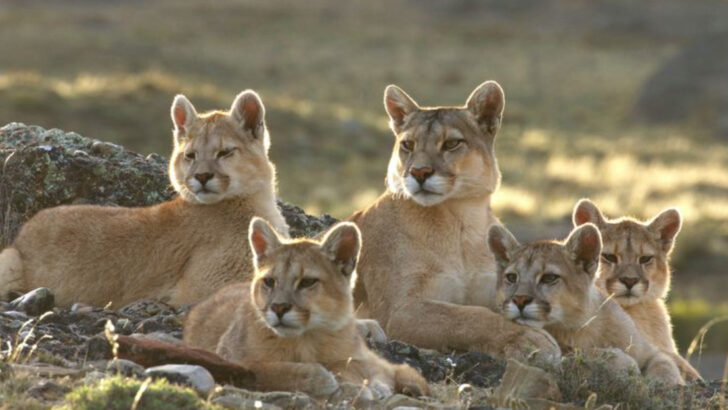Mount Rainier isn’t just a mountain—it’s a wild, living kingdom.
Step into its forests or climb its slopes, and you’re entering the domain of black bears, elk herds, soaring eagles, and creatures so elusive they seem mythical.
This isn’t a zoo. There are no fences, no feeding times, no glass. Just pure, untamed wilderness where every rustle, howl, or flutter means something is watching—or passing by.
From tiny pikas squeaking in the rocks to mountain goats perched on impossible cliffs, these animals own this land. And if you’re lucky enough to spot one? It feels like magic.
Get ready to meet 15 native animals that call Mount Rainier home—and steal the spotlight while they’re at it.
Roosevelt Elk
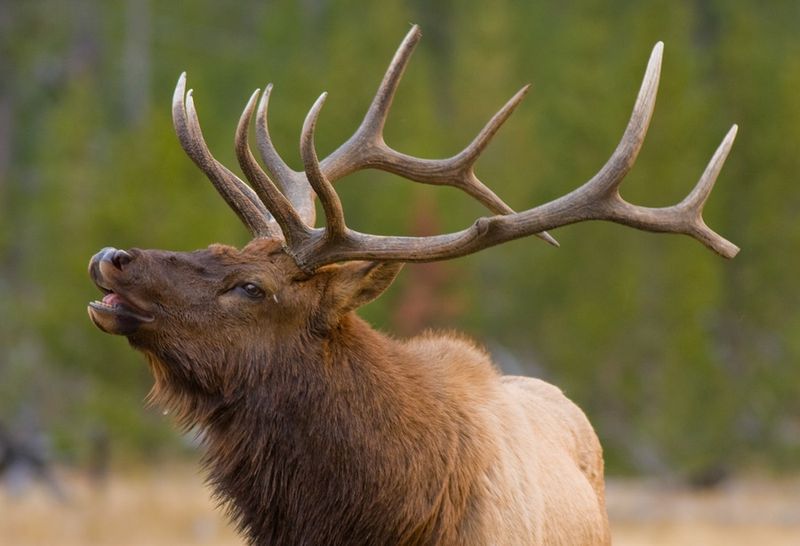
The majestic Roosevelt Elk, with its impressive antlers, commands attention in the lush landscapes of Mount Rainier. Often seen grazing in open meadows, these creatures are a sight to behold. Their large stature and social behavior make them fascinating to observe.
Roosevelt Elks are named after President Theodore Roosevelt and are the largest of the four surviving subspecies of elk in North America. They play a crucial role in maintaining the ecosystem’s balance by influencing plant growth.
Spotting these magnificent animals in the wild offers a memorable experience, connecting visitors to the park’s vibrant life.
Northern Spotted Owl
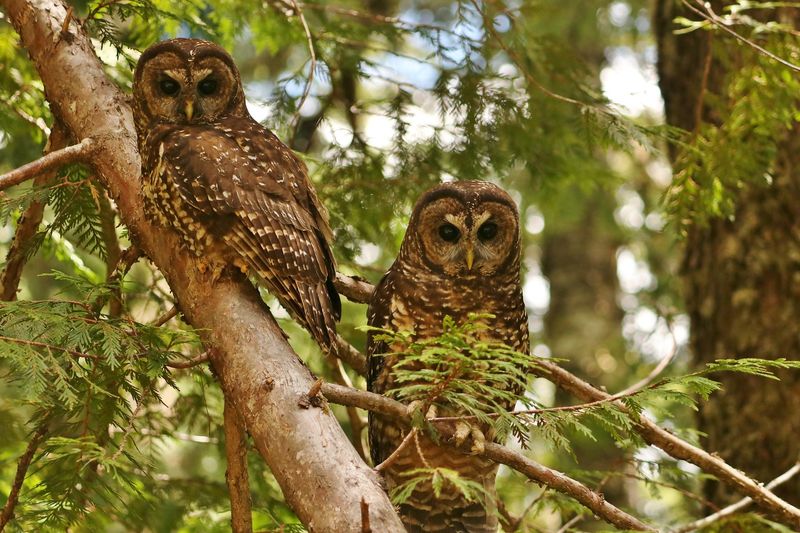
In the dim light of Mount Rainier’s ancient forests, the Northern Spotted Owl silently hunts. Known for its striking eyes, this nocturnal bird is a symbol of wilderness preservation efforts.
Once threatened by habitat loss, the Northern Spotted Owl has benefited from conservation actions aimed at protecting old-growth forests. These owls are vital for controlling rodent populations, ensuring a healthy forest ecosystem.
Their haunting calls echo through the woods at night, creating an enchanting atmosphere. Observing this elusive bird requires patience and luck, but the reward is witnessing a true guardian of the forest.
Olympic Marmot
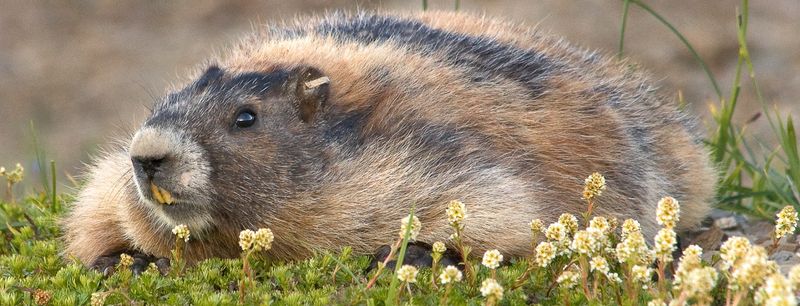
With a whistle that pierces the crisp mountain air, the Olympic Marmot announces its presence. This playful creature is endemic to the park, adding a unique charm to the rocky landscapes.
Known for their hibernation habits, Olympic Marmots spend months in underground burrows, emerging only in warmer months. Their social nature and constant communication make them intriguing subjects for observation.
The Olympic Marmot’s distinct appearance, with its fluffy fur and curious demeanor, endears it to many park visitors. These marmots are a delightful reminder of the park’s unique wildlife.
Pacific Fisher
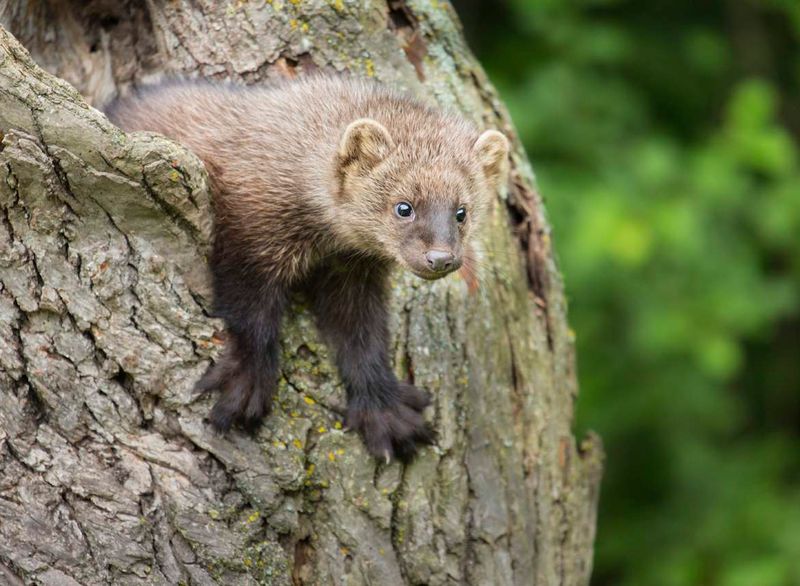
Agile and elusive, the Pacific Fisher gracefully navigates the dense forests of Mount Rainier. Known for its tree-climbing skills, this carnivorous mammal is a master predator of the woodland.
Despite its name, the Pacific Fisher rarely consumes fish. Instead, it preys on small mammals and birds, maintaining the ecological balance. Their presence is a testament to the park’s healthy ecosystems.
Spotting a Pacific Fisher is a rare and thrilling experience, as these creatures are known for their shyness. Their sleek, glossy coats and energetic movements captivate those fortunate enough to catch a glimpse.
Mountain Goat
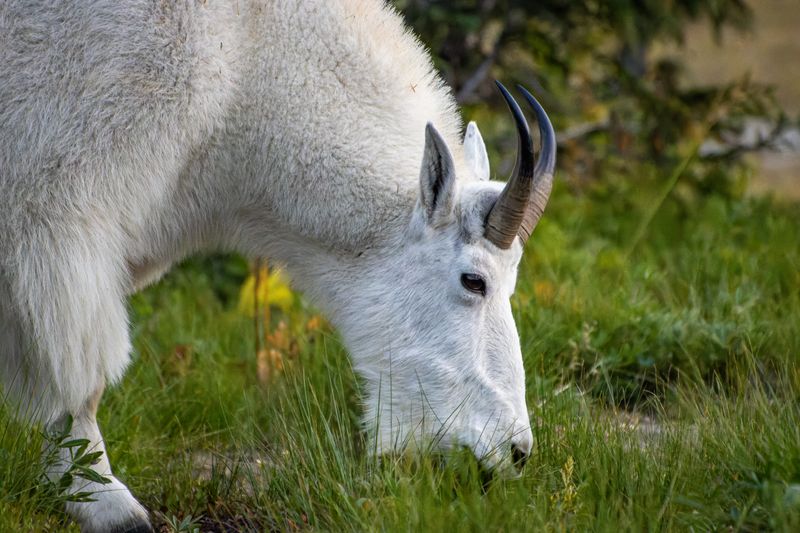
Perched on the craggy cliffs of Mount Rainier, the sure-footed Mountain Goat is a marvel of nature. With its thick white coat, it is well-adapted to the cold, alpine environment.
These goats are remarkable climbers, using their hooves to expertly traverse steep and rocky surfaces. Their ability to reach inaccessible areas provides them with safety from predators and access to unique plant life.
Watching a Mountain Goat navigate the rugged landscape is a breathtaking experience, offering insights into the adaptability and resilience of wildlife in high-altitude environments.
Cascade Red Fox
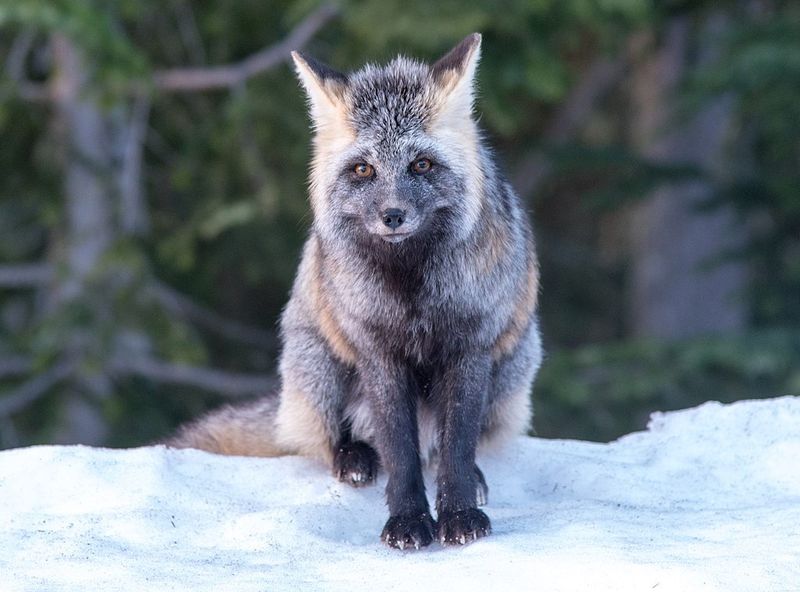
Amidst the snowy expanses of Mount Rainier, the Cascade Red Fox makes its mark. With its vivid red fur, this fox stands out against the white backdrop, showcasing nature’s palette.
Adapted to both forested and alpine regions, these foxes are skilled hunters. Their keen senses and quick reflexes aid in catching rodents and birds, ensuring their survival in the wild.
The Cascade Red Fox’s striking appearance and dynamic behavior make it a captivating subject for wildlife enthusiasts. Encountering one in its natural habitat adds a touch of magic to any visit.
Western Toad
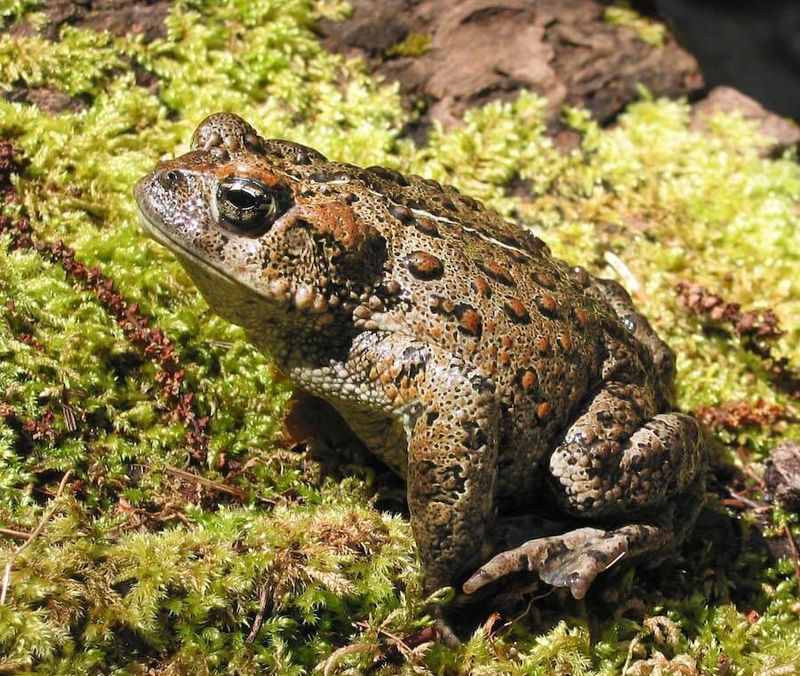
By the serene streams of Mount Rainier, the Western Toad finds its sanctuary. Known for its warty skin and robust size, this toad is an essential part of the park’s wetland ecosystems.
Western Toads are known for their unique breeding calls and nocturnal habits. They thrive in moist environments and play a crucial role in controlling insect populations.
Observing a Western Toad in its natural setting offers a glimpse into the intricate web of life that sustains Mount Rainier’s diverse habitats. Their presence is a testament to the health of the park’s wetlands.
Varied Thrush
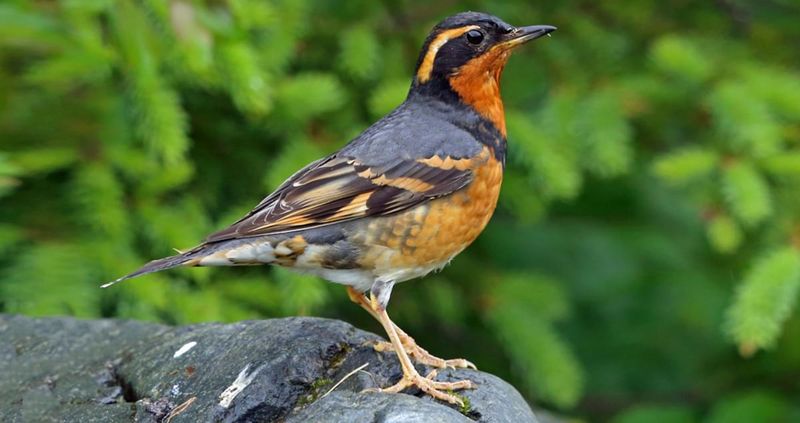
In the verdant forests of Mount Rainier, the Varied Thrush sings a haunting melody. With its bright orange and black plumage, this bird is a striking presence amidst the foliage.
Varied Thrushes are known for their solitary nature and distinct calls, which add a musical element to the park’s soundscape. These birds are often found foraging for insects and berries.
Their colorful appearance and melodious songs make the Varied Thrush a favorite among birdwatchers. Encountering one in the wild is a visual and auditory treat, highlighting the park’s vibrant birdlife.
Pacific Salamander
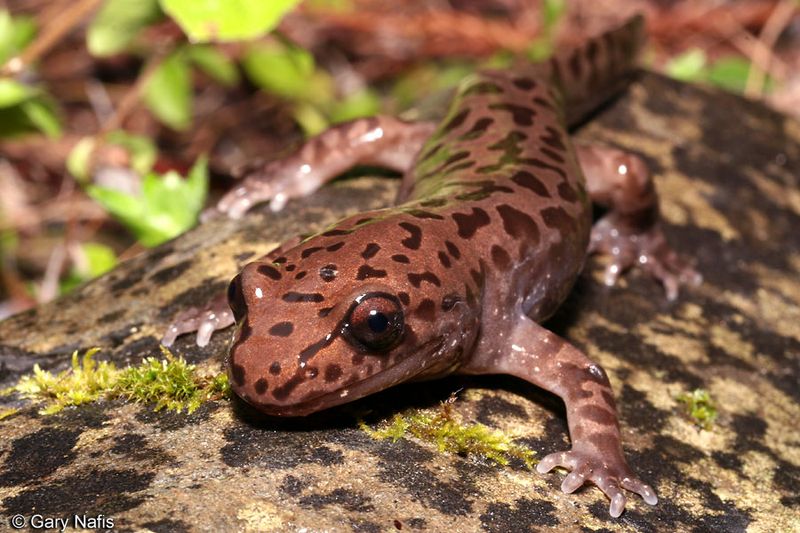
In the damp, shadowy crevices of Mount Rainier, the Pacific Salamander finds its sanctuary. These elusive amphibians are masters of moisture, boasting smooth, moist skin that aids in their respiration. Their secretive nature makes sightings a rare and cherished event.nnThey play a critical role in the ecosystem by controlling insect populations and serving as indicators of environmental health. A healthy population of these salamanders suggests a thriving ecosystem.nnTheir presence is a silent testimony to the purity and undisturbed nature of Mount Rainier. Each encounter with a Pacific Salamander whispers tales of the forest’s ancient past and its ongoing story.
American Pika
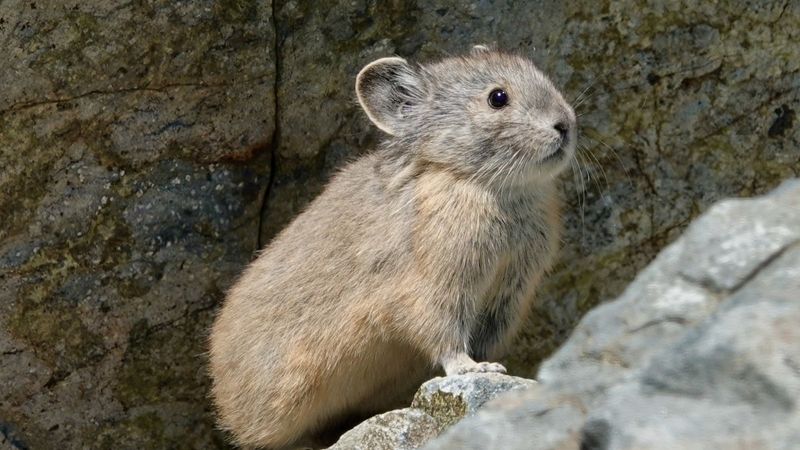
Perched among the rocky talus of Mount Rainier, the American Pika is a master of survival. Recognizable by its small, round ears, this diminutive mammal is a symbol of adaptability.
American Pikas are known for their distinctive ‘eeeek’ calls and haymaking behaviors. They gather vegetation to store for the winter months, ensuring their survival in harsh climates.
The sight of a vigilant Pika scurrying among rocks is a highlight for many visitors. These creatures offer insights into the resourcefulness and determination required to thrive in challenging environments.
Mountain Bluebird
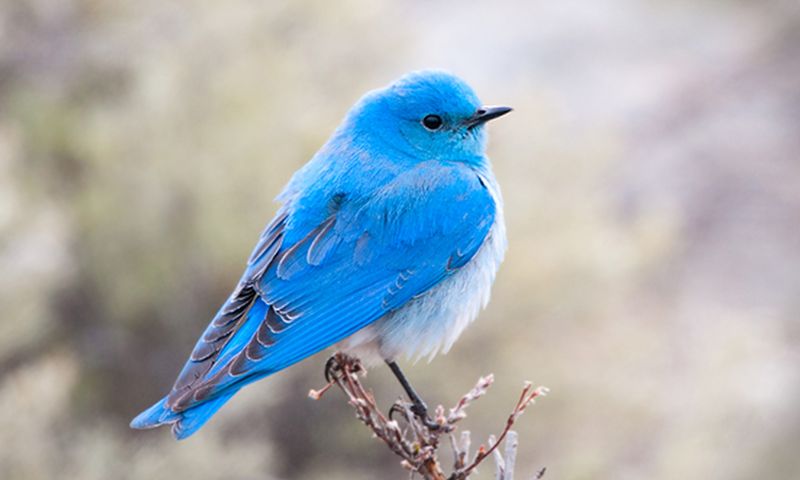
With a flash of vibrant blue, the Mountain Bluebird brings color to the meadows of Mount Rainier. Known for its striking plumage, this bird is a beacon of beauty in the park.
Mountain Bluebirds are insectivores, often seen fluttering through open fields in search of food. Their graceful movements and cheerful songs are a joy to witness.
Spotting a Mountain Bluebird, with its bright feathers catching the sun, adds a splash of color to any hike. These birds symbolize the lively spirit of the park’s avian population.
Black Bear
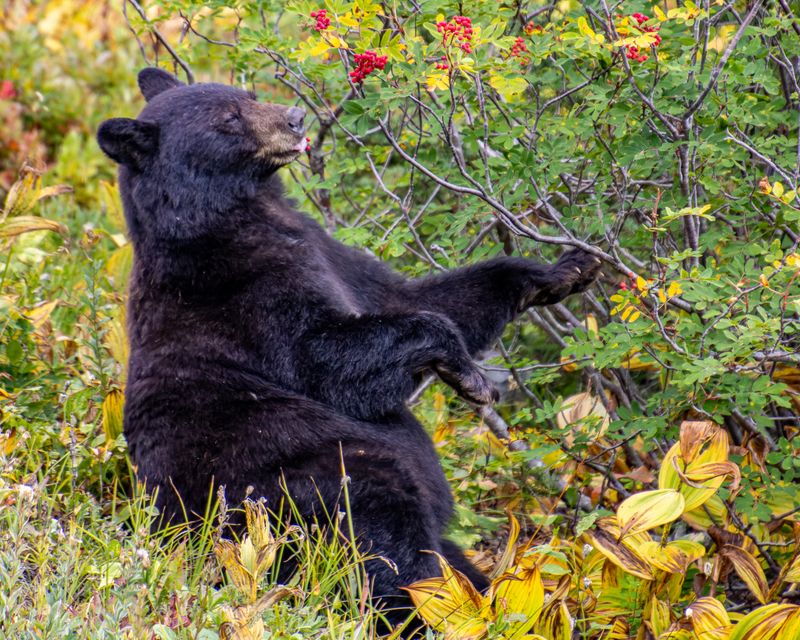
In the dense woods of Mount Rainier, the Black Bear roams freely. Known for its glossy fur, this bear is a symbol of strength and wilderness.
Black Bears are omnivores, with diets that include berries, plants, and small mammals. Their foraging activities play a key role in seed dispersion and forest regeneration.
Encountering a Black Bear in its natural habitat is a powerful reminder of the untamed beauty of the park. Their presence adds an element of excitement and awe to any wildlife adventure.
Pine Marten
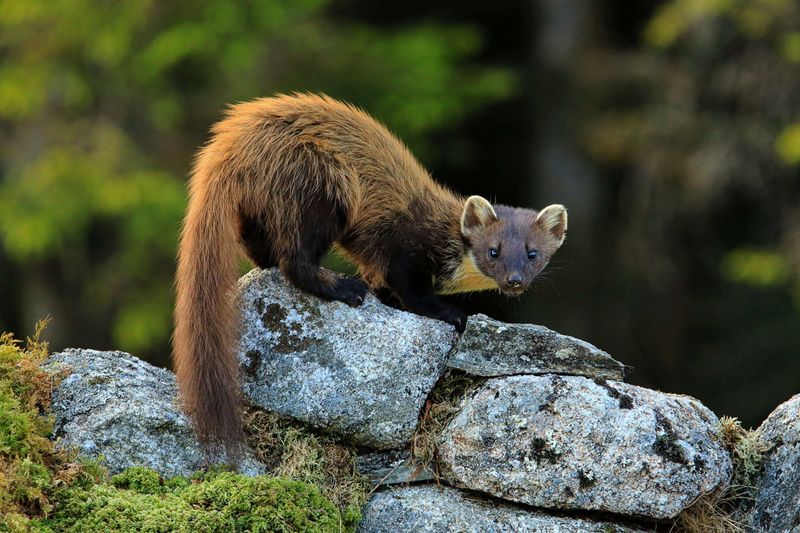
Weaving through the underbrush, the Pine Marten is a forest acrobat. With a sleek body and bushy tail, it navigates the woodland with ease.
Pine Martens are agile hunters, preying on small mammals and birds. Their presence indicates a thriving forest ecosystem, as they require dense habitat for survival.
Observing a Pine Marten in action offers a glimpse into the dynamic life of the forest. Their energetic movements and curious nature make them a captivating focus for wildlife enthusiasts.
Great Horned Owl
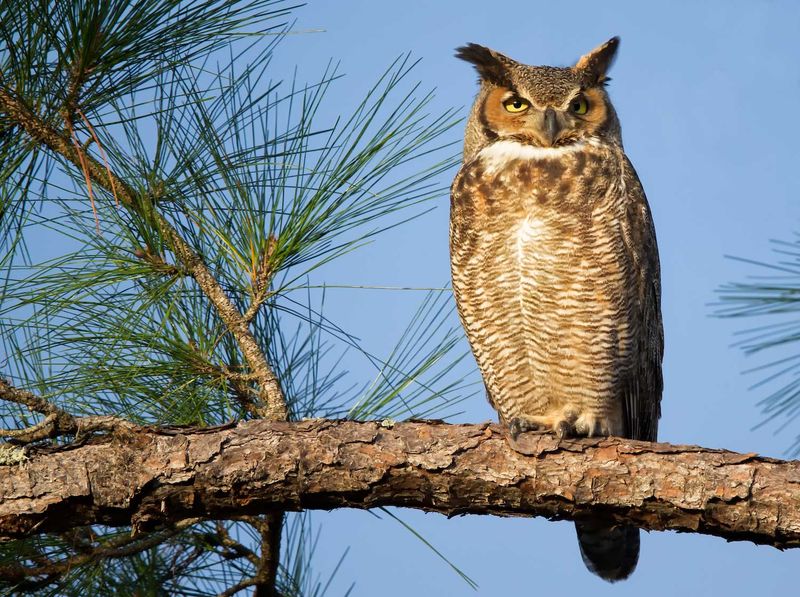
As dusk falls over Mount Rainier, the Great Horned Owl takes flight. Known for its tufted ears and piercing gaze, this owl is a formidable predator of the night.
Great Horned Owls hunt a variety of prey, from rodents to birds, maintaining balance within the ecosystem. Their haunting hoots add a mysterious aura to the twilight hours.
Spotting a Great Horned Owl in the wild is an awe-inspiring experience, revealing the nocturnal wonders of the park. Their commanding presence is a testament to the rich biodiversity of Mount Rainier.
Cougar
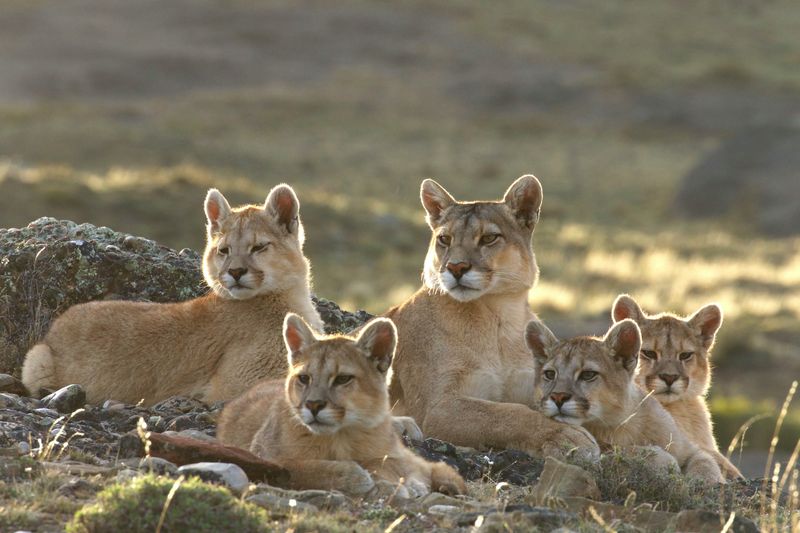
Stealthy and powerful, the Cougar prowls the forest edges of Mount Rainier. With a muscular build and keen senses, it is a top predator in the park.
Cougars, also known as mountain lions, have a wide range and play a vital role in controlling herbivore populations. Their elusive nature makes sightings a rare and thrilling event.
Encountering a Cougar, even at a distance, is an unforgettable experience. These majestic animals embody the wild spirit and untamed beauty of Mount Rainier’s wilderness.

